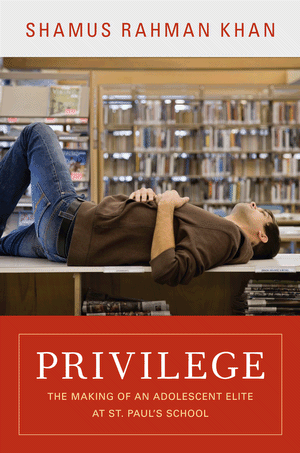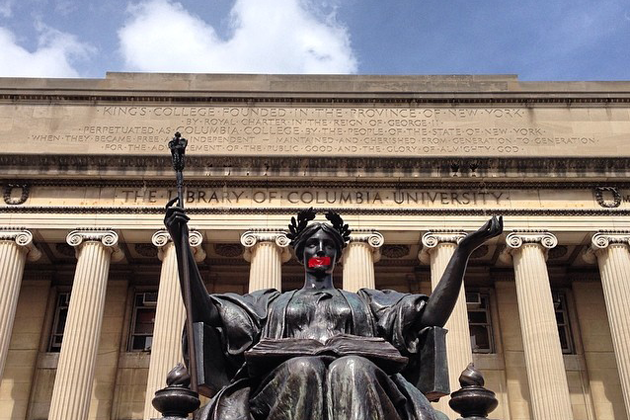
On June 26, on the Iowa radio talk show “Mickelson in the Morning,” presidential candidate Mike Huckabee lashed out at the U.S. Supreme Court Chief Justice John Roberts for the logic of his opposition to marriage equality. While comparing same-sex marriage to polygamy, as Roberts did, begs for condemnation, Huckabee’s argument did more harm than good. In moving from his decision one day for the Affordable Care Act to his decision the next against marriage equality, Huckabee argued, Chief Justice Roberts showed that he “needs medication for schizophrenia.”
By exploiting a sensationalized and incorrect image of schizophrenia on public radio, Huckabee fuelled rampant misconceptions and stigmas that cause many of the estimated 2 million Americans who live with schizophrenia an unimaginable burden of hurt and suffering. Stigma is one of the reasons that nearly 70% of Americans with schizophrenia believe they are able to work and that a job would improve their lives, but only around 15% of them have a job.
Mary Giliberti, Executive Director of the National Alliance for Mental Illness (NAMI) called Huckabee out:
“As political tactic, Governor Huckabee has exploited the stigma that traditionally has surrounded mental illness in order to attack the competence and credibility of someone with whom he disagrees … Such a remark would never be tolerated about needing chemotherapy for cancer or insulin for diabetes. It represents political ‘stigma-slinging’ at its worst. It doesn’t matter whether a person agrees or disagrees with the Supreme Court. It doesn’t matter whether a person is a Republican, Democrat or independent. To use mental illness as a metaphor to win political advantage does a terrible disservice to those who are diagnosed with this condition and often use medication as part of hard-won journeys to recovery. Stigma, perpetuated by any candidate’s statement, can lead to people’s reluctance to seek mental health care and devastating, even life threatening consequences … NAMI hopes that all the presidential candidates will speak out against stigma during the course of the 2016 election campaigns and will support policies to address the failing mental health system for those with schizophrenia and other serious mental health conditions.”
The media contributes to the stigma that surrounds schizophrenia in myriad ways. Apart from cheap laughs or ill-conceived parallels, as the one Huckabee tried to pull off, the media perpetuates misconceptions about mental illnesses in more subtle ways, for example by defining people who live with mental illness by their condition, as if that’s all they are.
Last August, the members of Fountain House, a New York based organization that works with and supports people with serious mental illnesses, called The New York Times to task for “often refer[ing] to people by outdated phrases such as `the mentally ill’ and `schizophrenics.’ Every time these careless labels are used, this language denies our human dignity and adds to the many challenges that people with mental illness already face. If you live with a mental health condition, or you know and love someone who does, you understand that words matter. When you define a person by their diagnosis, that person goes from being a brother, a writer, a sister, or a painter to being merely `the mentally ill’. It’s hurtful.”
(Image Credit: http://www.nami.org)





